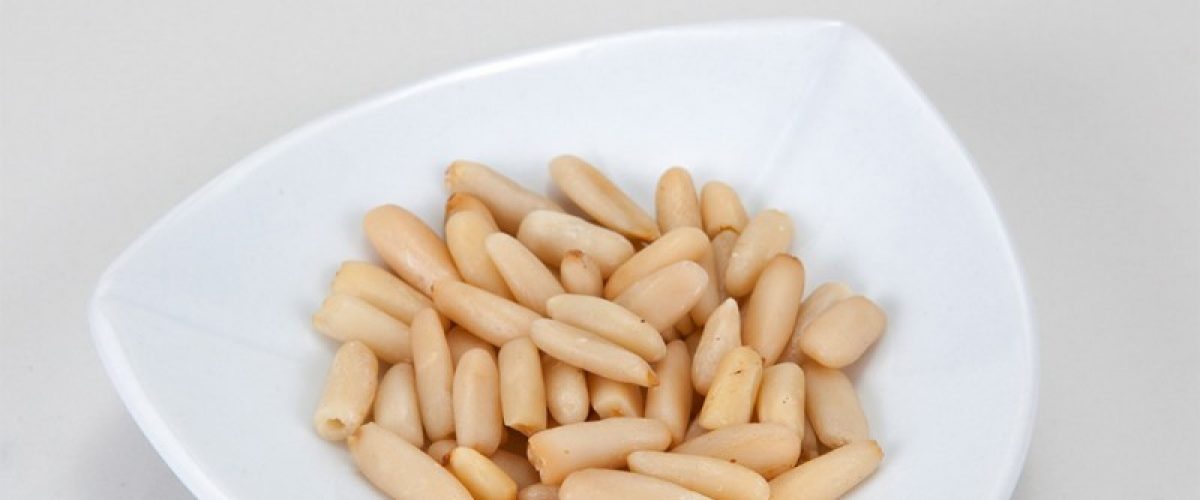Four Interesting Facts about Pine Nuts

Pine nuts are one of the oldest nuts, tracing back to Greek culture where they were not only eaten dry but also preserved in honey. However, apart from the Greeks, pine nuts are enjoyed by many other cultures as well and are extensively used in baked goods, snacks, and salads. They are known for their high protein and calorie content. Moreover, they provide several vital minerals and nutrients to the body.
The following are some interesting facts about pine nuts that you may not already know.
1. THERE ARE DIFFERENT TYPES
Pine nuts around different around the world. Each kind of pine nut type tastes different from the other. For example, Asian pine nuts have a sweet taste and a triangular appearance while Chinese pine nuts have a bitter aftertaste. European pine nuts are the most expensive and have a very strong aroma. Unlike the Asian pine nuts, they are uniform in color and have an ivory appearance.
2. THEY’RE SEEDS
Pine nuts are seeds of pine trees that are let to mature for at least three years. They are not the fruit of the tree. They are grown in the pine cone and left there for years before harvesting which is why they are quite expensive. For the most part, pine trees are grown for the sole purpose of harvesting pine nuts and are planted and harvested so that there are pine nuts available for harvesting every year.
3. THEY CONTAIN A VARIETY OF HEALTH BENEFITS
Due to their oily and high caloric nature, they are avoided by many people on a lower-fat diet. But the truth is, pine nuts contain a slew of healthy nutrients. Pine nuts have a high content of fatty acids. These fatty acids fight LDL cholesterol and increase HDL cholesterol. LDL is the bad kind of cholesterol and HDL is the good kind. Pine nuts are also high in pinolenic acid which is known to curb cravings and reduce appetite. Lastly, pine nuts are very rich in vitamin E and manganese. Also, the antioxidants and has immune-boosting chemical and minerals present as well.
4. PROCESSING MAKES THEM TASTIER
Typically, the pine nuts we eat us have undergone various processes to make them sweeter or saltier. The type of processing they go through depending on the type of pine nuts. For example, Siberian pine nuts are kept the way they are, but other types are usually roasted in salt or just simply roasted for a better taste. In some cases, the pine nuts are treated based on the purpose they will be used for in the future.
Written by Christina Orso
